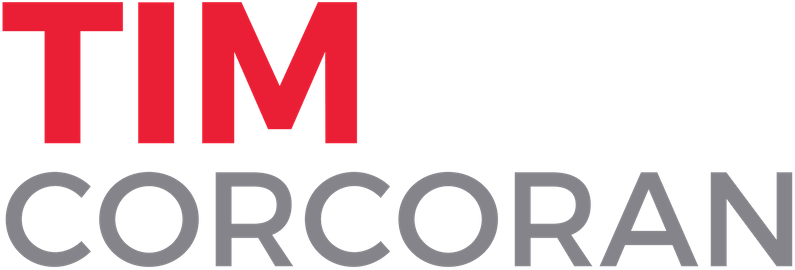Valuing Black Sheep - A Note on Organizational Behavior and Innovation
/I recently read an excellent article by Marc Scibelli regarding the utility of "black sheep" as disruptive innovators in an organization. (Hat tip to Bill Pollak for pointing me to it.) McKinsey reports that the black sheep at Pixar (the cutting edge animation movie studio) are defined as:
"...artists who are frustrated. I want the ones who have another way of doing things that nobody’s listening to... all the guys who are probably headed out the door.”
I've been a black sheep. I've recruited, trained and fostered black sheep. I've also recruited, trained and fostered, um, white sheep? You know -- company men or women who toe the line, do what they're told, and do it very, very well. No organization can survive without both.
Too many drones who do what they're told without disruption or complaint and you have a profitable six sigma-certified business that runs smoothly until it's obliterated by the competition. Too many black sheep with unbridled innovation and you have anarchy, like 1998 in Silicon Valley where any Stanford dropout could receive $100 million in seed money, a ping pong table and zero expectations for providing a sustainable, profitable business model! But in the real world, there needs to be a tension between keeping the trains running on time, and, if I may belabor the metaphor, developing new transportation systems.
This is not easy to do. Black sheep excel as individual contributors, and they thrive on breaking rules and flouting convention. Not only are they repelled by the typical staid corporate environment, most corporate environments reject them like mismatched organ transplants. Managers and leaders, even those with a little bit of black sheep in their own DNA, often lose these disruptor instincts as they become more adept at navigating the boardroom where, as often as not, you'll find even senior executives who value collaboration and fostering a sense of unity over achieving the optimal business outcome.
One classic American dream is the innovator who's rejected time and again by the establishment but in the end makes it big doing it his way. But there are more Tuckers than Michael Dells -- Tucker's automobile innovations were ahead of their time; Dell founded the eponymous computer firm in his college dorm room. Not every black sheep generates innovation on the scale of Steve Jobs. Also, innovation happens more often on a small scale than on a large scale. Of course dramatic breakthroughs happen, but sometimes successful innovation occurs incrementally (so sayeth Seth Godin). Every business on the planet needs to find ways to improve its widgets, which isn't the sexy stuff of movies.
For black sheep who wish to lead, the challenge lies in adapting, but without losing the desire and instinct to confront the status quo. It's hard to know when you've arrived. There are many good resources discussing the challenge of adapting one's style, including Myers-Briggs Type Indicator, or Goleman's work on Emotional Intelligence, or DuBrin's Your Own Worst Enemy, or HBR's The Young and the Clueless. They all speak to the need to evolve, to play the game, to develop a more collaborative style, because you can't drive change from within if you can't get in.
Some of us have a style which allows, even encourages, confrontation because it's often an effective path to getting multiple views on the table, from which the optimal business outcome can be determined, regardless of who originated the ideas. It's not the confrontation per se that's desirable, but the good ideas that flow when colleagues have the freedom to speak openly. You may not like my idea, and you'll illustrate all the reasons why your idea is better, but I understand this doesn't mean you don't like me. And once the debate concludes, we head to the bar to celebrate with our colleagues after a hard day's work. But some don't.
In many corporate boardrooms, and in many law firm boardrooms, there is a strong aversion to disruption, to confrontation, so after a tough session some will feel bruised, upset and confounded by the team's inability to get along -- forgetting that the team may have actually achieved the desired optimal business outcome. Could the same outcome have been achieved by less confrontational means? Undoubtedly. Would it have taken longer? Who knows. But there are different styles and without intensive regression testing in parallel universes, I'm not sure we'll ever determine if there is a best style.
Black sheep should be cherished, when they have the ability to constructively disrupt and innovate. Never-deviate-from-the-norm types should be cherished for their ability to execute today. The best organizations, and the best leaders, embrace multiple styles and encourage different approaches to achieve optimal business outcomes.
Portions of this post appeared previously on my personal blog.



